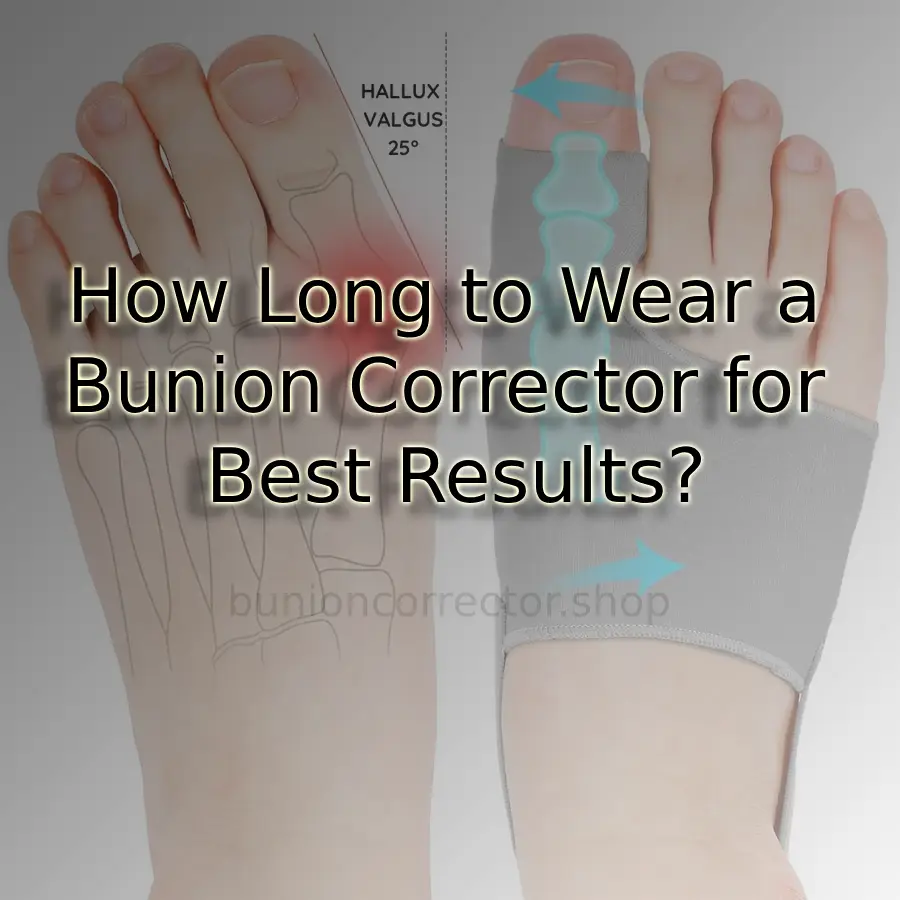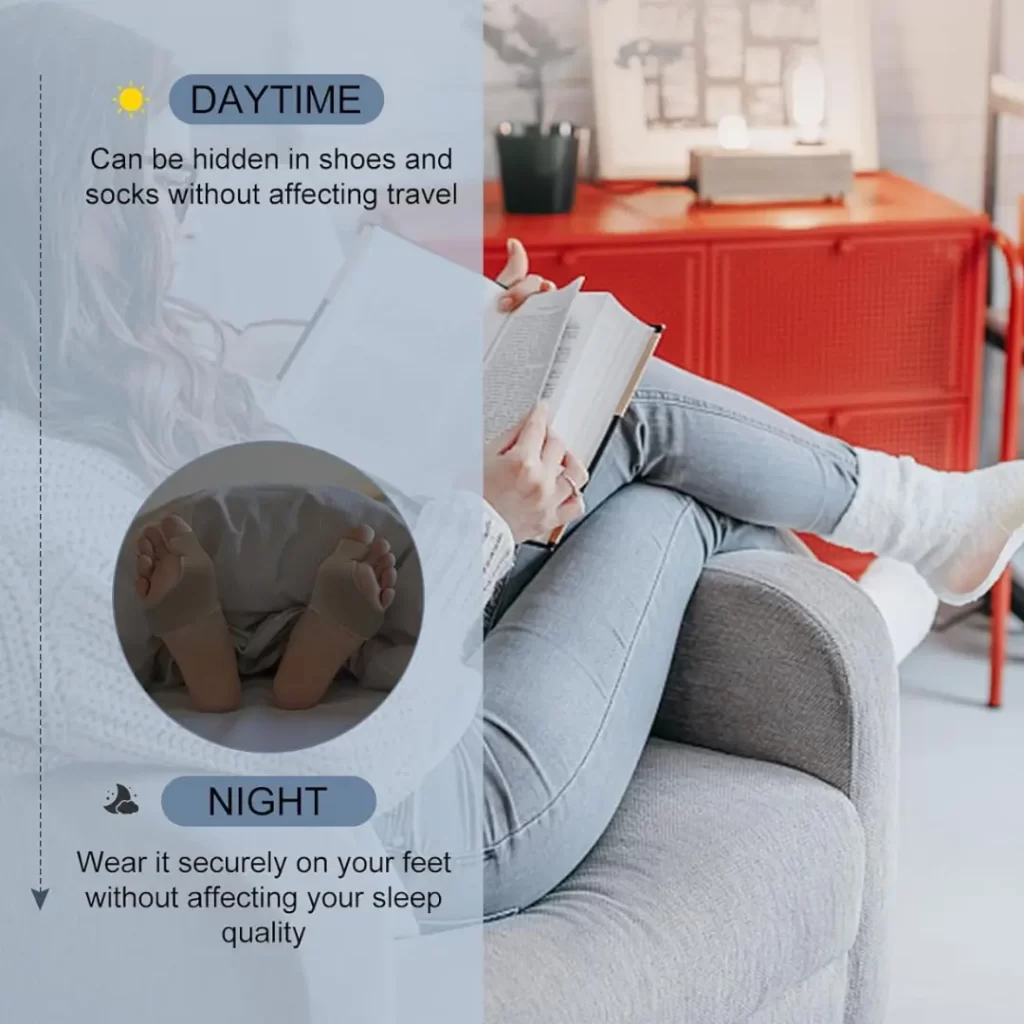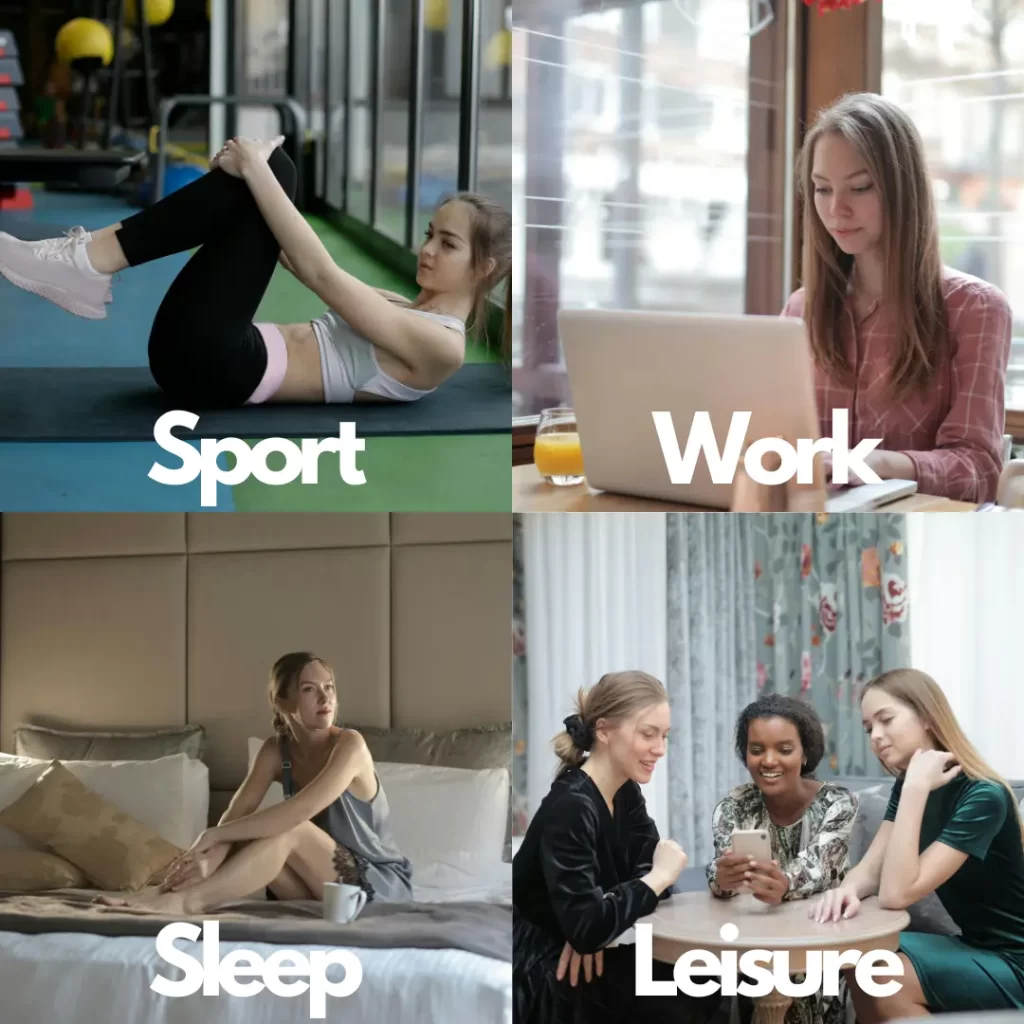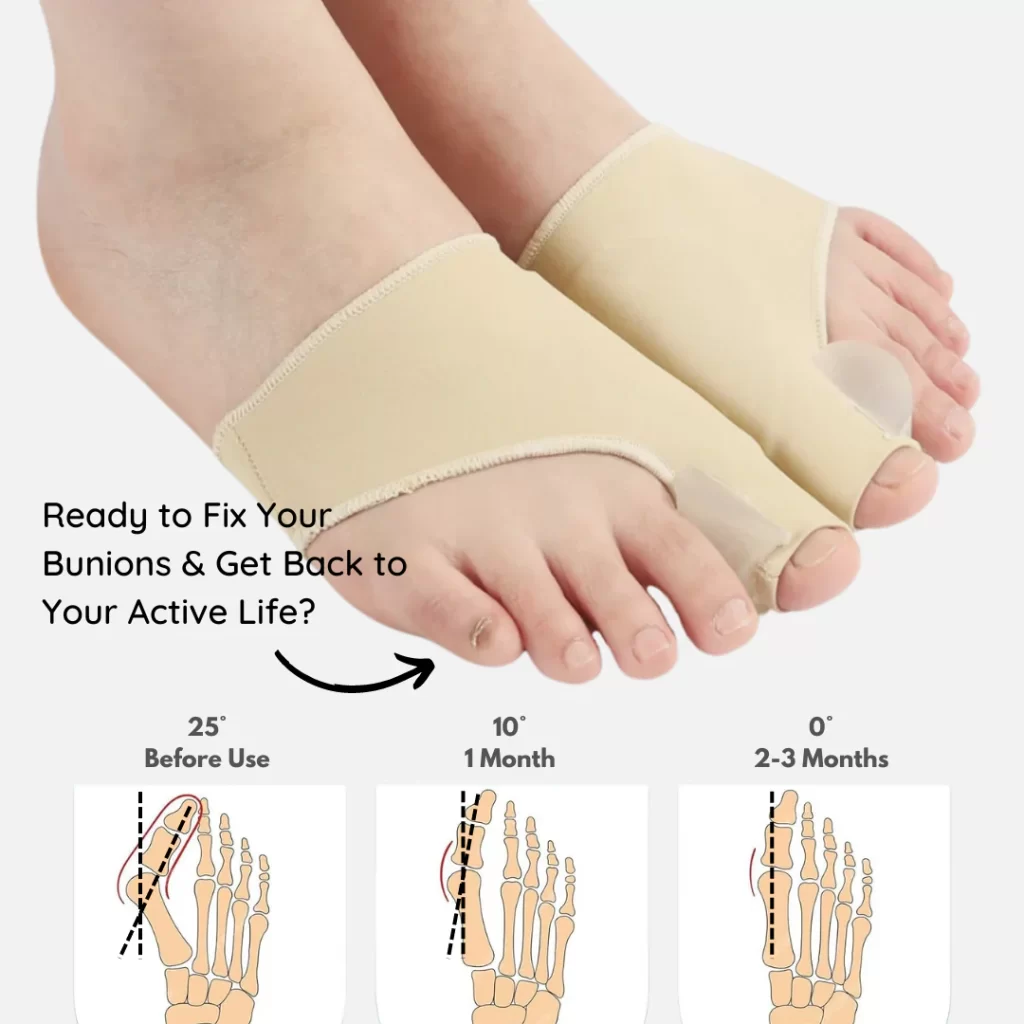Bunions are a common foot condition that affects many people worldwide. If you’ve ever experienced a bunion, you know how uncomfortable they can be. Bunion correctors have become a popular non-invasive option for people looking to reduce the discomfort and improve foot alignment. However, one of the most common questions is, “How long should you wear a bunion corrector for the best results?”
In this article, we will break down the ideal wearing time for bunion correctors, factors that influence effectiveness, and how you can optimize your results with the right usage.

What Is a Bunion Corrector?
A bunion corrector is a device designed to help realign the big toe and reduce the size of the bunion. Bunions are often caused by wearing tight shoes, standing for long periods, or genetics. Over time, the big toe starts to shift toward the other toes, leading to a bony bump on the side of the foot, which can cause pain and discomfort.
Types of Bunion Correctors
There are different types of bunion correctors available, including:
- Toe Splints: These are designed to keep the big toe straight, preventing it from moving toward the other toes.
- Gel Sleeves: These provide cushioning and help relieve pressure on the bunion.
- Night Splints: These are worn during sleep to keep the foot in a corrected position for longer hours.
- Toe Separators: These help create space between the big toe and the rest of the toes, gradually improving alignment.
The type of corrector you choose can affect how long you need to wear it for optimal results.
How Long Should You Wear a Bunion Corrector?
The length of time you should wear a bunion corrector varies based on a few factors such as the severity of the bunion, the type of corrector, and your personal comfort. Here’s a breakdown of what to consider:

1. Starting With Gradual Wear
When you first start using a bunion corrector, it’s important to gradually increase the time you wear it. Your foot needs time to adjust, especially if you’re using a splint or toe separator. Begin by wearing it for 30 minutes to an hour a day, then gradually increase the time.
2. Daily Wear for Best Results
To see significant improvements, you should aim to wear your bunion corrector for at least 4 to 6 hours a day. However, keep in mind that this doesn’t need to be continuous. You can break it up into shorter intervals throughout the day.
3. Wearing at Night
Night splints are particularly effective because they allow you to wear the corrector for a prolonged period without any discomfort from walking or standing. Wearing a night splint for 6 to 8 hours while you sleep can enhance the correction process.
Factors That Influence How Long You Should Wear a Bunion Corrector
1. Severity of the Bunion
The severity of your bunion plays a big role in determining how long you need to wear the corrector. If you have a mild bunion, wearing the corrector for a few hours daily may suffice. However, for more severe cases, you may need to wear it for longer periods and over several months to see visible results.
2. Age and Flexibility
Age and the flexibility of your joints also affect the wearing time. Younger individuals with more flexible joints may see results faster, while older individuals may need to wear the corrector for longer periods. For some people, it might take 3 to 6 months of consistent wear to notice significant improvement.
3. Daily Activity Level
If you’re someone who stands or walks for long periods during the day, your bunions might worsen if not addressed properly. Wearing a bunion corrector for at least a few hours daily, especially when you’re at home relaxing, can help relieve pressure and slow down the bunion’s progression.
Can You Wear a Bunion Corrector All Day?
While it may seem like wearing a bunion corrector all day could speed up the results, it’s important to strike a balance between correction and comfort. Wearing a bunion corrector all day can sometimes cause discomfort, especially if you’re moving a lot or wearing shoes. It’s best to wear it for shorter periods throughout the day, then switch to a night splint if you want to increase the wearing time without discomfort.
If you choose to wear it for extended periods, make sure to listen to your body. If you experience excessive pain, redness, or swelling, reduce the wearing time and consult a healthcare professional.

Tips for Optimizing Your Bunion Corrector Use
To maximize the effectiveness of your bunion corrector, follow these helpful tips:
1. Combine With Stretching Exercises
Using a bunion corrector along with foot exercises can greatly improve results. Stretching and strengthening the muscles around your toes can help speed up the correction process. Simple exercises like toe stretches, picking up objects with your toes, or rolling a ball under your foot can complement the corrector.
2. Wear Comfortable Shoes
Even if you’re using a bunion corrector, wearing tight or ill-fitting shoes can undo the progress. Make sure to wear wide-toed shoes with good arch support. Avoid high heels and narrow shoes that put pressure on the bunion.
3. Be Consistent
Consistency is key when it comes to bunion correction. Wearing the bunion corrector on and off or for short bursts every few days will likely not yield the results you’re hoping for. Commit to daily wear and stick to a routine for the best outcome.
4. Check Your Progress
Keep track of how your bunion looks and feels over time. Take pictures before you start using the corrector and after each month to see visible changes. If you’re not seeing improvement after several months of consistent use, you may need to consult with a podiatrist for further treatment options.

Conclusion
Wearing a bunion corrector is a simple and effective way to reduce bunion pain and improve foot alignment, but like any treatment, it requires consistency and patience. Start slow, wear it for a few hours each day, and increase the time as your foot adjusts. Combine it with proper footwear and foot exercises for the best results.
Remember, there’s no one-size-fits-all answer to how long you should wear a bunion corrector—it depends on your specific condition and how your body responds. However, by following the tips outlined in this article and listening to your body, you’ll be well on your way to achieving healthier, more comfortable feet.
If you’re ready to take the first step toward bunion relief, explore our range of high-quality bunion correctors on our website and start your journey to better foot health today!